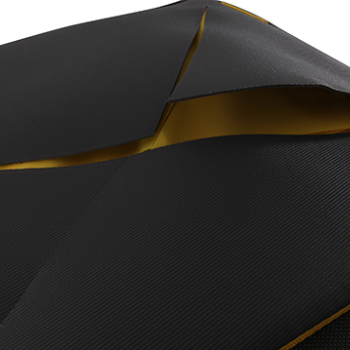Damage Policy
DAMAGE POLICY
Airline Damage
American Tourister luggage goes through the toughest and meanest testing to make sure it does what it’s supposed to do. But there’s no such thing as an indestructible suitcase.
So, imagine you’re standing at the baggage carousel waiting for your suitcase and you see the entire contents of someone’s bag distributed over the conveyor belt for all to see. Embarrassing! Until the suitcase in question gets around to you and you realise it’s yours!
Fingers crossed this never actually happens to you, but if you do get off a flight to find your bag has been seriously damaged there are a number of steps you can take.
Firstly, always check over your bag when picking it up off the carousel – you really shouldn’t leave the airport without giving it a quick once over to check for major damage such as cracks, rips, broken handles, wheels or pieces of the case which may have been shorn off.
Most airlines have a reporting time limit for damage, so if something isn’t super visible while in the airport, it can be reported later. However, getting it sorted then and there is best.
Next, start by taking a couple of snaps ideally with some airport-identifiable background so you can show where and when it was damaged.
Then, take it to the airline baggage counter which is usually located near the airlines carousels. Each airline will have a slightly different procedure here, but basically they will need to you to fill in some forms. Make sure you don’t walk away without some sort of receipt or reference number, and telephone number to call to follow up.
It’s also a good idea to note down some info for reference, such as time, location, which flight you got off, name of staff member that assisted you, as well as what they said the next course of action may be. This is all to make things easier down the line! Better to have more info that not enough.
If your stuff really is strewn all over the carousel, ask the airline if they have emergency bags on hand. It might not be of the same standard as previous, but it will do the job.
GENERAL GUIDELINES
Generally, airlines won’t cover the following:
- Damage that occurs due to an inherent product defect, quality or vice of the baggage
- Damage that occurs due to wear and tear, such as scuffs and scratches.
- External items missing from bag i.e. locks, straps or name tags
- Damage as a result of over-packing
- Items unsuitably packed for transportation (this includes sporting equipment and musical instruments)
- Fragile, valuable or perishable items except to the extent required by law
However, this is just a guide not a comprehensive list. Check with the airline that you are travelling on before the trip to see what they will cover.
What to expect once you’ve lodged a claim
- Once you have lodged your claim, you will be advised to go to the nearest Authorised Repair Centre for full assessment of the case
- You can locate the closest repair centre here
- An assessment report will be provided to you accompanied with an Airline Damage Letter outlining the cost of the repairs if any and the RRP of the case
- Once you’ve obtained the report, take it back to the Airlines for processing
Identify Damage
The following images may constitute airline damage.

-
Broken handles

-
Broken or missing wheels

-
Cut or cracked case

-
Dented hardcase

-
Ripped/cut material

Broken handles

Broken or missing wheels

Cut or cracked case

Dented hardcase

Ripped/cut material
